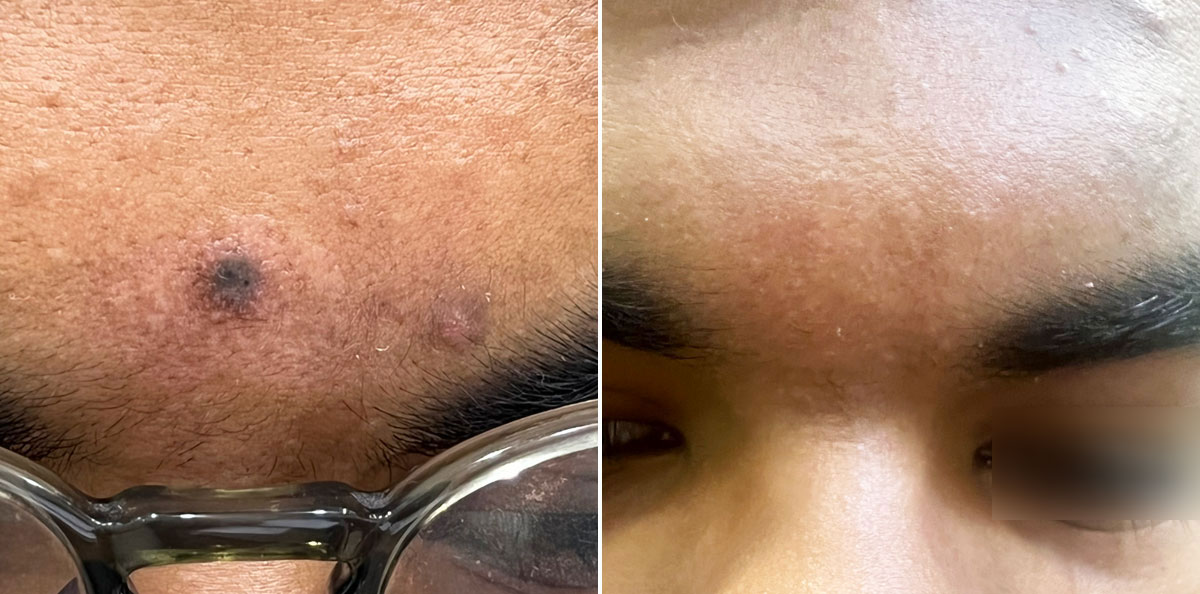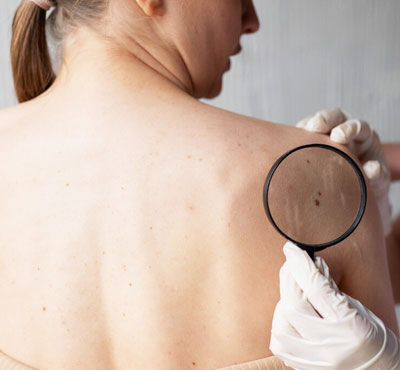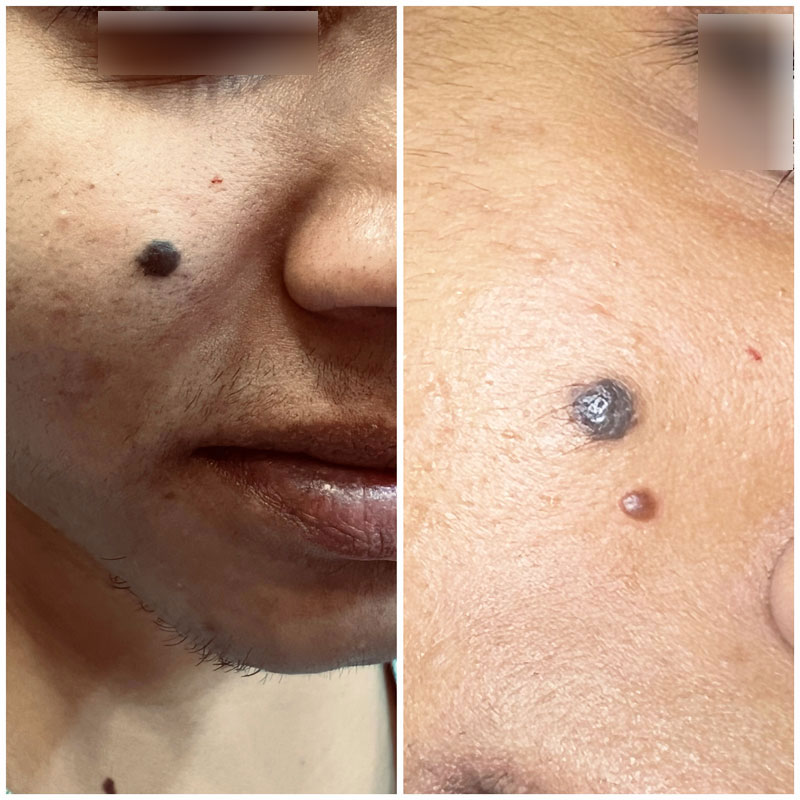What Are Moles?
Moles/nevi (also known as nevus) are groups of pigmented skin cells. They can vary in size, shape, and colour, ranging from small and flat to raised and dark. Moles can be present at birth or can occur later in life and frequently are the result of sun exposure and genetics. Although the majority of moles are benign, any alteration in their morphology may indicate certain skin diseases that may need medical attention.
Why Consider Mole Removal?
Mole exciting is a frequent operation done for many reasons, such as:-
- Cosmetic Concerns - The surgery to remove a mole for the sake of beauty is chosen, often to enhance appearance in case the mole is out of the ordinary, or out on the face.
- Irritation - Moles that are stimulated against the rubbing of clothing items or accessories can be tender or painful, leading to aspiration.
- Health Concerns - Alterations in the size, shape, colour, and texture of a mole might be evidence for melanoma or any other skin disease, so it has to be excised and it acts as a model for biopsy.
Mole Removal Methods at Dermavision - The Skin Clinic
Dermavision - The Skin Clinic employs advanced techniques to achieve safe and successful mole removal. The following are the therapeutic options out of which each method is selected according to the properties of the mole, the position of the mole, and the patient's wish.
Mole removal 6 months later

Mole removal after 1 year
Surgical Excision
Surgical excision is defined as removing the mole and a small amount of the surrounding skin. This technique is commonly applied for larger or suspicious moles necessitating biopsy. The surgery is performed under local anaesthesia to provide comfort, and tissue sutures are employed to seal the incision.
Shave Excision
Shave excision is a minimally invasive modality that removes the mole smooth from the surface of the skin with a surgical scalpel. In this technique, it is very suitable for patients with benign raised moles who do not need deep tissue excision.
Laser Mole Removal
Laser mole resection employs focused light beams to destroy the pigmented cells within the mole. That method is non-invasive, hence applicable to small, superficial moles, and to patients who want the least possible downtime.
Cryotherapy
Cryotherapy is the freezing of the mole with liquid nitrogen, which leads to the lysis of the cells of the mole and the subsequent shedding of the mole. This technique is useful for moles and skin tags that are not malignant.



